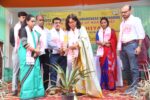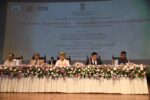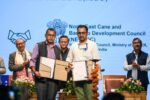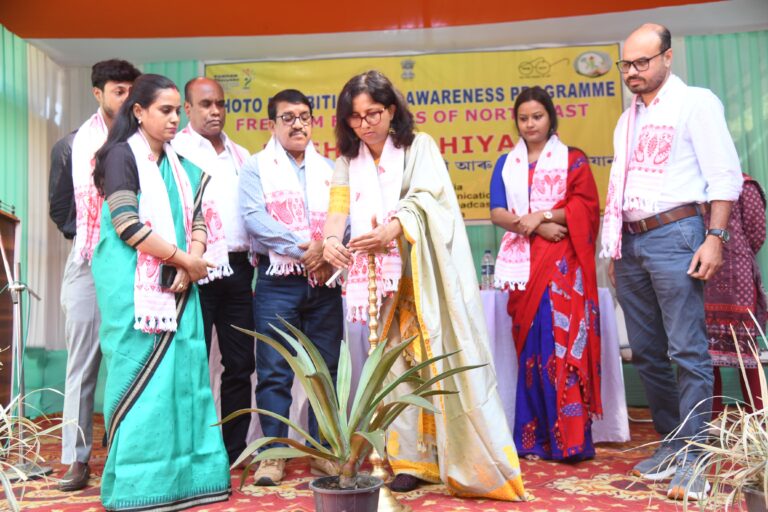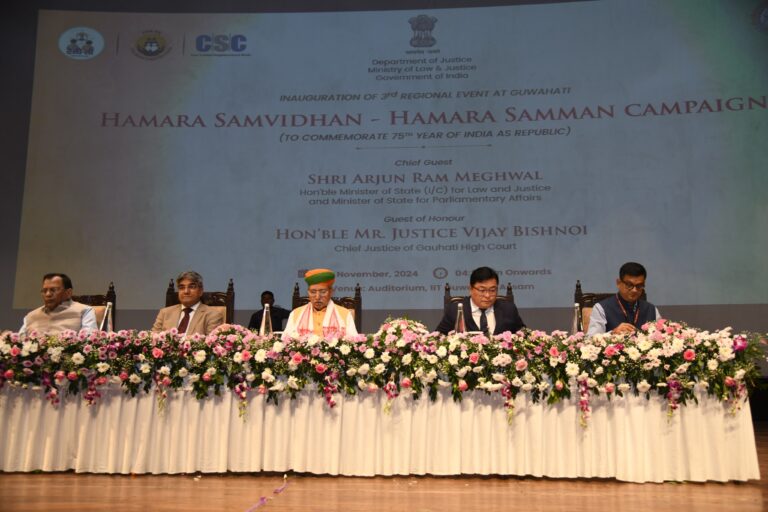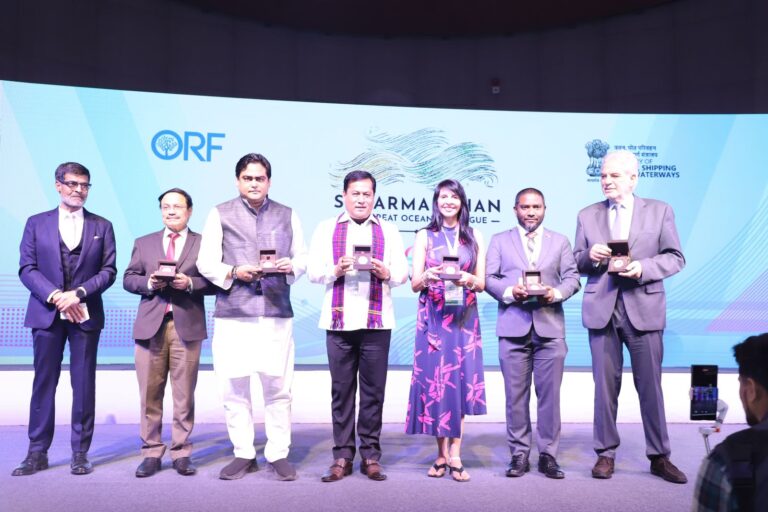The Bodo Sahitya Sabha today signed an MoU with ASCOSYS, an organisation working in information technology, for a project to digitise the Bodo language.
The MoU was signed in the presence of Sabha president Taren Boro, general secretary Prasanta Boro, Vice Chancellor of CMJ University, Meghalaya Pranhari Talukdar, director ASCOSYS Mandeep Sharma and others.
Prasanta Boro said, “The Sabha singed the memorandum for a project called ‘e-thunlai’ (e-literature) to digitise the language and make it easily available online. The main aim is to popularise the language among non-Bodo speakers. The organisation will provide technical support to the Sabha for the project. More than 1,000 books will be available on online platforms after completion of the project. The project will be formally launched at the 59th annual conference of the Bodo Sahitya Sabha to be held at Khoirabari in Udalguri district from January 20.”
Pranhari Talukdar, while appreciating the initiative, said the language would get a new dimension after completion of the project. Talukdar, who has published more than 100 papers in reputed international conferences and journals, has also written nine technical books covering different areas, including speech processing of the Bodo language.
“The organisation approached the Bodo Sahitya Sabha with a plan to infuse technology required to save and popularise the Bodo language with an aim to increase the number of speakers of the language by making the language readily available to those interested. To speak in that language there must be a simple and widely available medium to learn that language. All other disciplines of the language like creation of content, preservation and digitisation etc., can add to our efforts towards increasing the users of the Bodo language which in turn, can save the culture, heritage and identity of the Bodos,” Mandeep Sharma said.
“Once a language wants to survive with its full potential even when it is not a commercial or global language, there are three steps that need to be taken in order to maintain, stabilise or rescue the language. The first is language documentation, the second is language revitalisation and the third is language maintenance,” he added.(ASSAM TRIBUNE)
